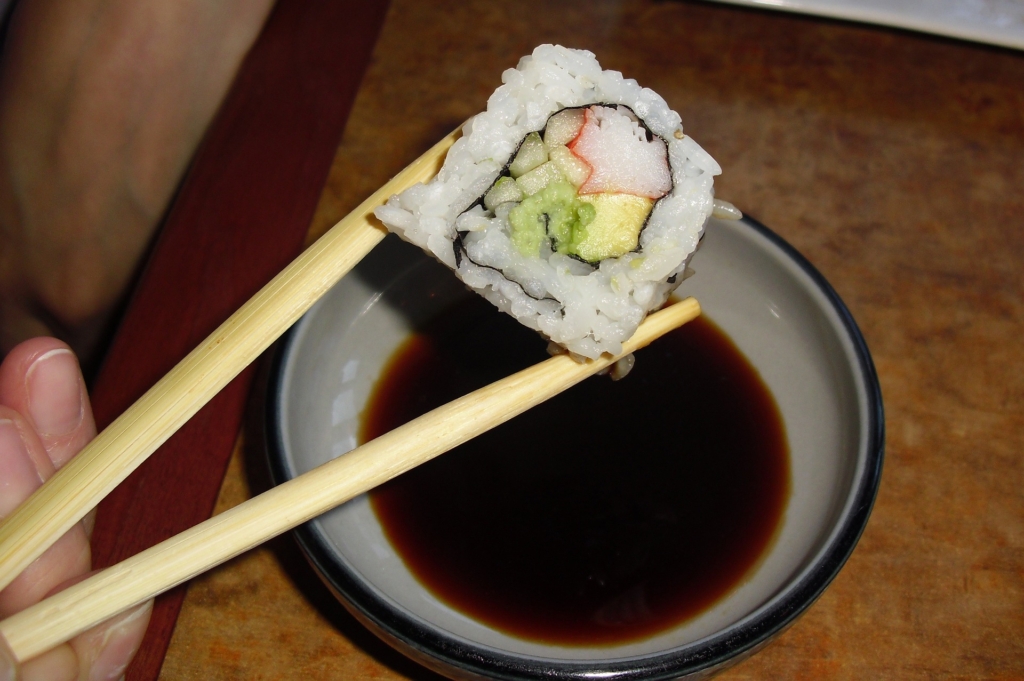Salty, savory, and umami, tamari is a type of Japanese soy sauce enjoyed throughout the world. Whether paired with sashimi or used to flavor slow cooked short ribs, tamari is a useful ingredient that has a myriad of applications.
Back to Basics: What is Soy Sauce?
Soy sauce is a 2000 year old condiment that originated in China. It is made by fermenting soybean paste, grains, salt water, and Aspergillus molds. Today, soy sauce is an integral ingredient in many East and Southeast Asian cuisines and unique types of soy sauce are found in many countries such as Korea, Japan, and Thailand.

What Sets Tamari Apart From Other Soy Sauces?
Tamari hails from the central Japanese region of Chūbu. It is unique from other soy sauces in that it uses very little wheat and sometimes no wheat at all. Tamari is often described as being darker, richer, and more viscous than other types of soy sauce. Tamari is brewed with Aspergillus tamarii fungus.
How Can I Use Tamari?

Tamari can be used in many of the same ways that soy sauce is utilized. We love it alongside fried tofu in Kitsune Udon, in a peanutty dressing alongside Gado Gado, or braised with rich and hearty Chashu Pork. Tamari is a great alternative to regular soy sauce for those with a gluten intolerance, as there are varieties that are completely wheat free. Be sure to check the label before purchasing, however, as some varieties may contain small amounts of wheat.

Shopping for Tamari
You will likely be able to find tamari at your local grocery or Japanese market. Many health food stores carry tamari for those who avoid gluten. You can also find artisanal tamari varieties online such as this Smoked Tamari that is smoked over Japanese cherry wood or try this one smoked over Japanese oak. After opening a bottle of tamari you can store it in your pantry for a few months. The high sodium content ensures that the tamari won’t go bad. If you plan to store your tamari for longer than that, you can keep it in the refrigerator, but ours never last that long!
Feature Image: Flickr user avlxyz ( CC BY-NC-SA 2.0 )



